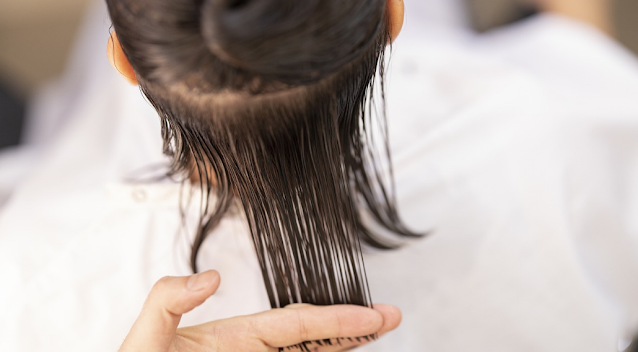Head lice are small, wingless insects that live on the human scalp and feed on blood. They are a common problem, especially in children, but can affect people of any age. Head lice are highly contagious and can be transmitted through direct contact with an infested person's hair, clothing, or personal items such as brushes, hats, or towels.
The lifecycle of head lice consists of three stages: the egg (or nit), the nymph, and the adult. The eggs are tiny, white, and oval-shaped and are attached to the hair shafts near the scalp. Nymphs are immature lice that have hatched from the eggs and are smaller than adults. Adult lice are about the size of a sesame seed and are tan or grayish-white in color.
Head lice infestations can cause intense itching and discomfort. Scratching can lead to skin irritation, sores, and even infections. In addition to physical discomfort, head lice can also cause emotional distress, especially in children who may feel embarrassed or stigmatized.
If you suspect that you or someone in your household has head lice, it is important to take action right away to prevent the infestation from spreading. The first step is to confirm the presence of lice by closely examining the hair and scalp for live lice and eggs. This can be done using a special lice comb or by using a magnifying glass to look for eggs or adult lice.
If you do find evidence of head lice, there are several treatment options available. Over-the-counter (OTC) medications, such as shampoos or lotions containing pyrethrins or permethrin, can be effective in killing lice and their eggs. However, these products may not work for everyone and can cause skin irritation or other side effects.
Alternatively, prescription-strength medications, such as malathion or benzyl alcohol, may be recommended by a healthcare provider. These products are generally more effective than OTC treatments but may also have more side effects.
In addition to medication, there are several other steps you can take to eliminate head lice and prevent re-infestation:
- Wash all clothing, bedding, and personal items in hot water and dry them on high heat. This will kill any lice or eggs that may be present.
- Vacuum carpets, furniture, and car seats to remove any stray lice or eggs.
- Avoid sharing personal items, such as hats, combs, or towels, with others to prevent the spread of lice.
- Check everyone in your household for lice and treat anyone who is infested.
- Notify close contacts, such as school or daycare providers, to prevent the spread of lice to others.
In conclusion, head lice are a common problem that can cause physical and emotional discomfort. However, with prompt treatment and proper prevention measures, head lice can be eliminated and prevented from spreading to others. If you suspect that you or someone in your household has head lice, it is important to seek treatment right away and take steps to prevent re-infestation.







